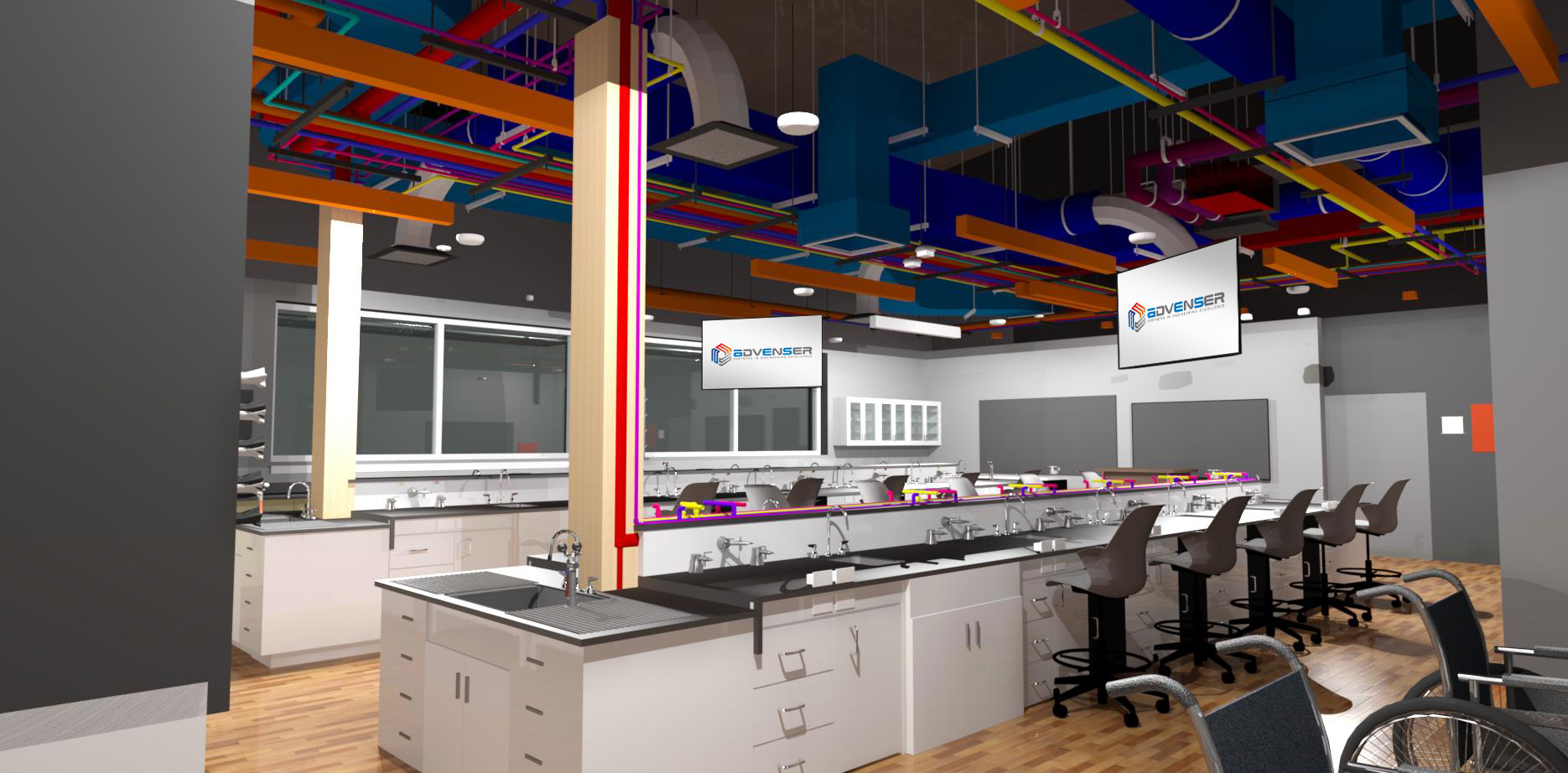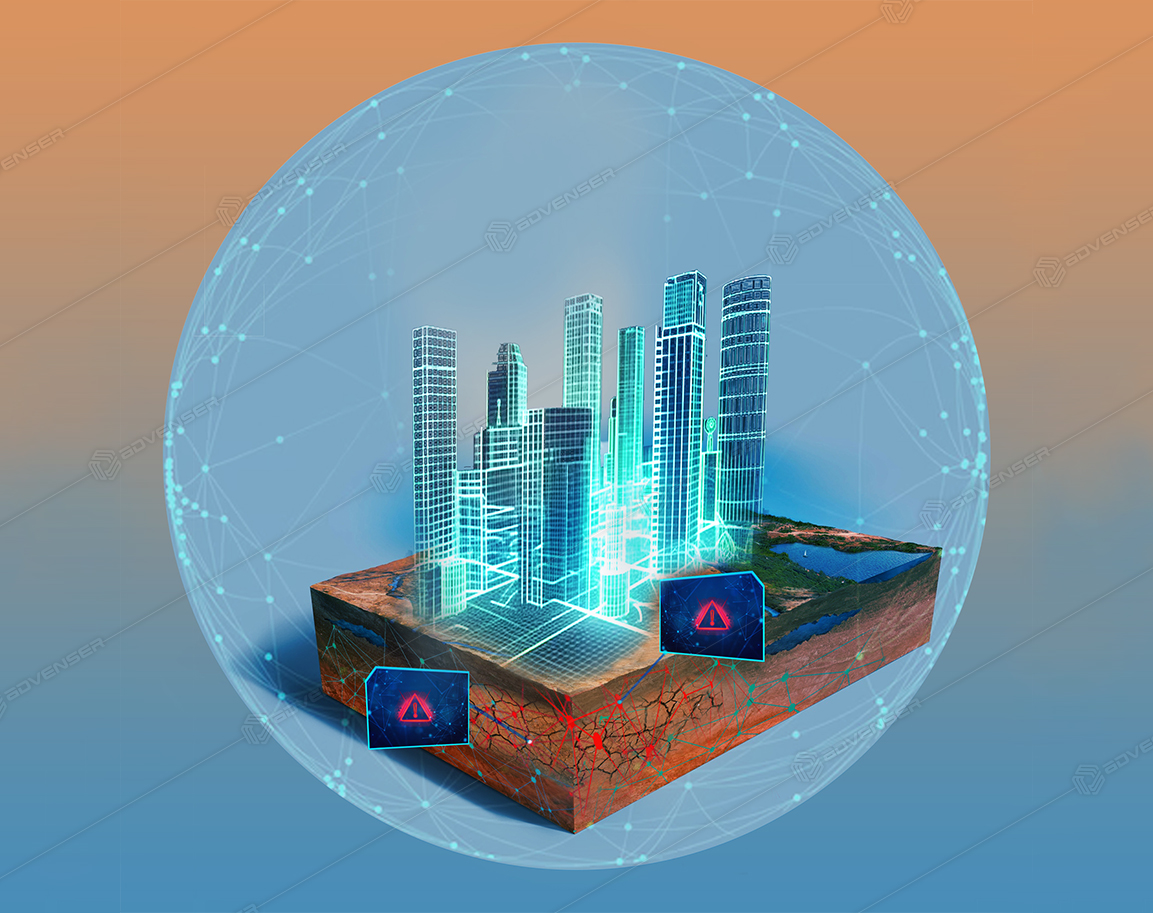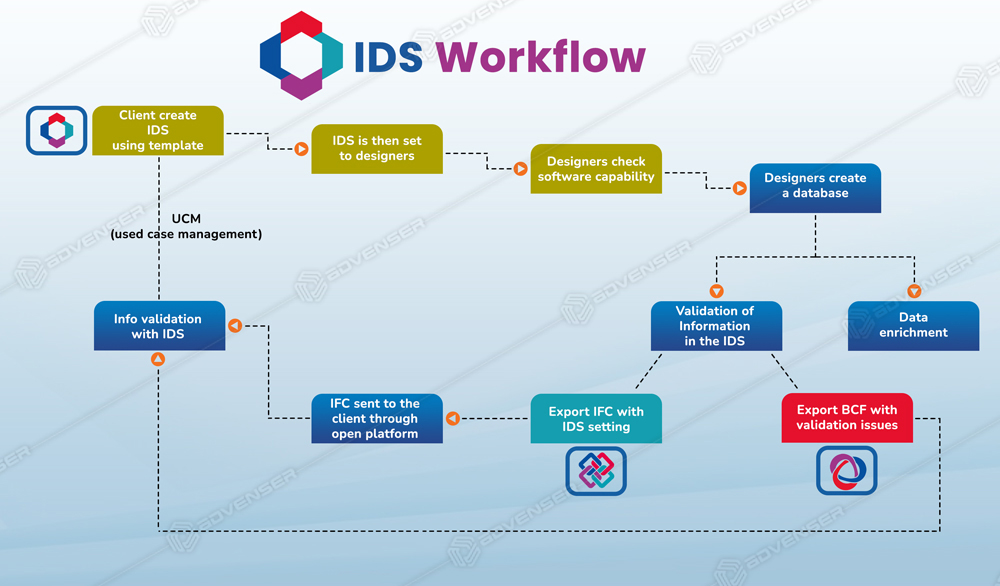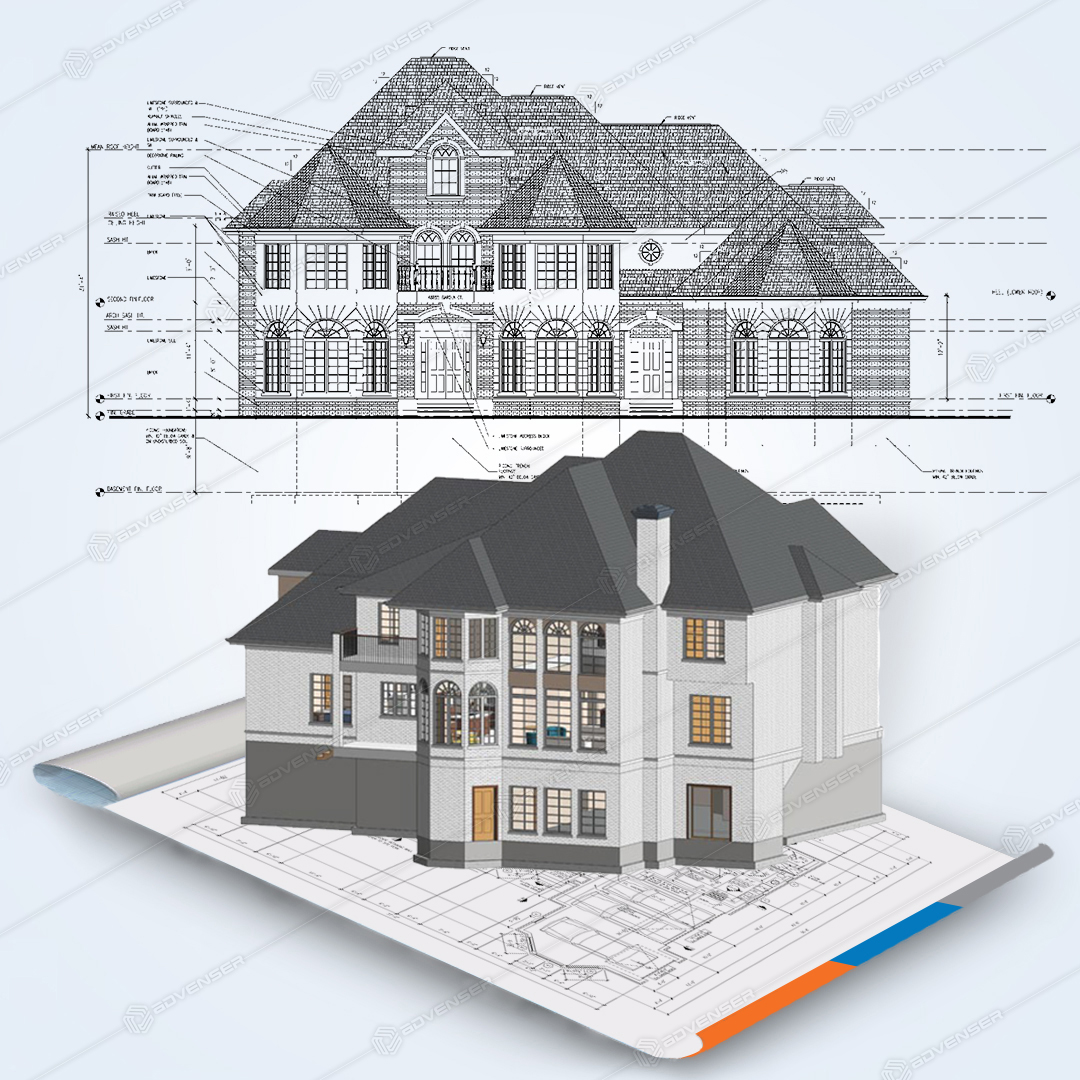
BIM, which has established itself as a new standard in the AEC and real estate industries, is a very promising tool for the future due to its interoperability with upcoming technologies. The allied Building Information Modeling (BIM) services have revolutionized the architecture, engineering, and construction industries. BIM has evolved into an indispensable tool for AECO specialists due to its capacity to provide a virtual representation of a building’s design and simulate its construction process. In this introduction to BIM services, we will explore the key concepts and benefits of BIM, as well as its applications in various stages of the building lifecycle.
Key aspects of BIM
The primary components of BIM services include the below:
3D Modeling
BIM services predominantly focus on developing comprehensive 3D models for building or infrastructure projects. These models encompass data pertaining to various components, such as walls, floors, ceilings, HVAC systems, electrical systems, plumbing, and additional aspects.
Project Coordination
BIM consolidates various types of data into the model, including architectural, structural, and MEP (Mechanical, Electrical, and Plumbing) information. This integrated data helps in detecting clashes and ensuring that all components fit together seamlessly.
Visualization
BIM models deliver realistic 3D visualizations that serve a multitude of purposes, such as design verification, engaging client presentations, and streamlined project communication. These models enable stakeholders to thoroughly comprehend the intricacies of the project’s design and purpose.
Collaboration and Single source of truth
BIM fosters collaboration amongst different project stakeholders, including architects, engineers, contractors, and owners. This approach allows them to work together on a unified shared model, minimizing errors and rework.
Cost Estimation
BIM models can be leveraged to generate precise cost projections during construction and ongoing maintenance. This significantly improves budget management and cost oversight.
Scheduling/Timelining
BIM can be linked to project schedules, enabling better project management and monitoring planned v/s actual construction progress.
Facility Management
Utilizing BIM data for facility management post-construction offers valuable insights into building components, systems, and maintenance plans. This allows for more efficient and effective management and upkeep of the facility.
Analysis
BIM services can include various analysis tools like energy, heating/cooling, load, etc. to assess the environmental performance of the building and inform design choices that enhance energy efficiency.
Clash Detection
BIM models are effectively utilized for clash detection, which involves identifying and resolving conflicts or clashes between different building systems prior to the actual construction commencement, thereby minimizing errors and rework.
Documentation
BIM services frequently encompass the creation of construction documents, drawings, and reports derived from the BIM model, which guarantees uniformity and precision in project documentation.
Thus, these BIM services enable architects, engineers, and contractors to better visualize, analyze, and simulate the project before construction, reducing potential conflicts and errors. BIM services empower architects and designers with the ability to test and fine-tune their designs in a virtual environment prior to a single brick being laid, ensuring that designs meet building codes and regulations. Engineers can simulate structural loads, temperature and humidity fluctuations, and other environmental variables to avoid costly errors and minimize delays. Contractors can manage every stage of the construction process, from procurement of building materials to labour allocation, project timelines, and budgeting.
By leveraging BIM services, professionals can streamline their workflows, optimize project outcomes, and deliver high-quality projects contributing to the overall success of their projects.
In conclusion, BIM services are an integral component of the AEC industry, offering a plethora of advantages throughout the project lifecycle. Armed with the right BIM tools and services, you have the potential to elevate your construction projects to unprecedented levels and maintain a competitive edge in an industry that is swiftly progressing.
Discover more about our BIM services here ADVENSER|BIM SERVICES and how they can facilitate in transforming your project vision into reality with the power of BIM.
It is worth noting that BIM has established itself as a standard practice in many countries, and professionals in the AECO industry are progressively adopting BIM workflows to streamline their processes.
Stay tuned for the next blog to explore How BIM can streamline construction projects.







